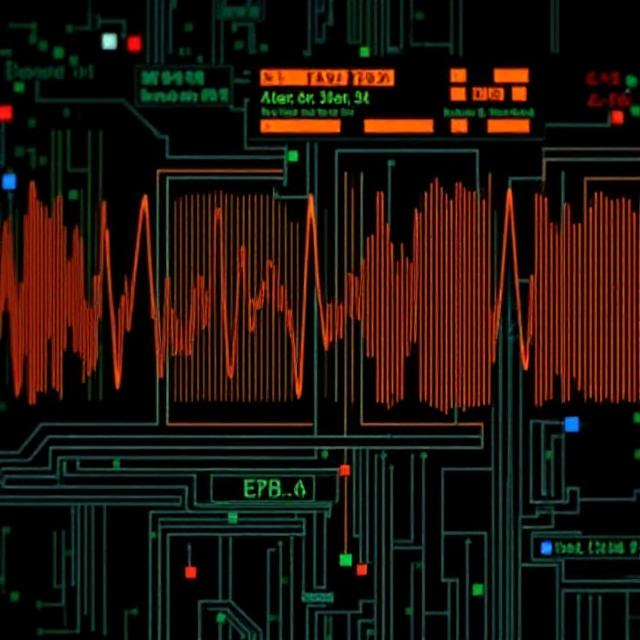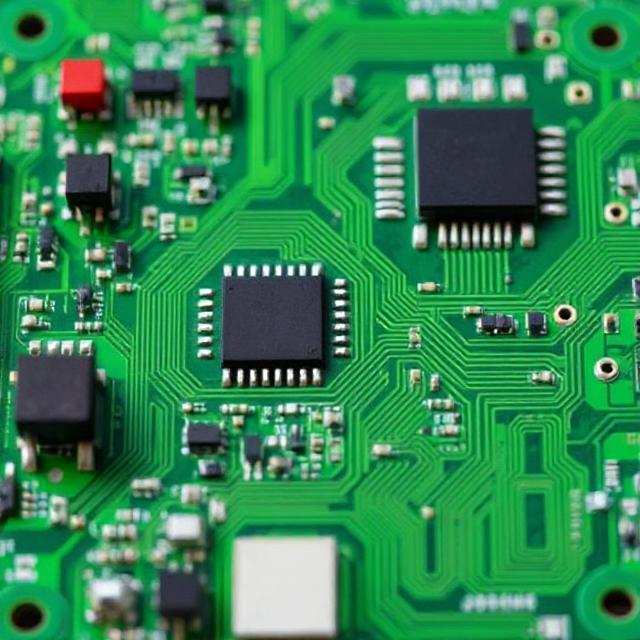A switch is a device that controls the flow of electricity in a circuit. When you flip or press a switch, it either opens or closes the circuit, allowing electricity to flow or stopping it. There are different types of switches, each with its own function and use. Let’s explore the most common types in a simple way:

1. Push-Button Switch
- What it is: A push-button switch is a small button that you press to turn a device on or off.
- How it works:
- When you press the button, it either closes the circuit (turning the device on) or opens it (turning the device off).
- There are two types:
- Normally Open (NO): The circuit is open until you press the button, closing the circuit.
- Normally Closed (NC): The circuit is closed until you press the button, opening the circuit.
- Example: A doorbell button is a push-button switch. Pressing it makes the doorbell ring.
2. Toggle Switch
- What it is: A toggle switch is a switch that you flip up or down to open or close a circuit.
- How it works:
- It works by flipping a lever that either connects or disconnects the electrical contacts inside the switch.
- Toggle switches often stay in place once flipped, so they don’t need to be held down.
- Example: A light switch in your home is usually a toggle switch. You flip it up to turn on the light and down to turn it off.
3. Rocker Switch
- What it is: A rocker switch is similar to a toggle switch but with a rocking mechanism. It has a flat surface that you rock back and forth.
- How it works:
- When you press one side of the switch, it rocks to the other side, closing the circuit and turning the device on.
- When you press the opposite side, it rocks back and opens the circuit, turning the device off.
- Example: Power buttons on many electronics, like computers or speakers, are often rocker switches.
4. Slide Switch
- What it is: A slide switch is a switch that you slide back and forth to turn something on or off.
- How it works:
- The switch has a small slider that moves along a track, either making or breaking the connection between contacts.
- Example: Slide switches are commonly used in small electronic devices like flashlights or toys.
5. Rotary Switch
- What it is: A rotary switch is a switch that you turn, like a knob, to select different positions.
- How it works:
- As you turn the knob, it rotates a contact inside the switch to different positions. Each position either closes or opens a circuit.
- Some rotary switches have multiple positions for controlling different functions.
- Example: A volume control on a radio or an oven temperature dial is a rotary switch.
6. DIP Switch (Dual Inline Package)
- What it is: A DIP switch is a small switch used to set different options or configurations in a device, often on a circuit board.
- How it works:
- It consists of multiple small switches that can be toggled on or off to adjust settings or control certain functions.
- Example: DIP switches are commonly found in computers or routers to change settings, like turning certain features on or off.
7. Mercury Switch
- What it is: A mercury switch uses mercury (a liquid metal) to make or break a connection when the switch is tilted.
- How it works:
- Inside the switch, there is a small amount of mercury. When the switch is tilted, the mercury moves and connects two contacts, turning the device on or off.
- Example: Mercury switches are used in some older thermostats or devices that need to detect tilting or movement.
8. Limit Switch
- What it is: A limit switch is used to detect the position of a moving part and stop it once it reaches a certain point.
- How it works:
- When the moving part of a machine hits the switch, it activates or deactivates the circuit, stopping further movement.
- Example: In elevators, a limit switch ensures the elevator stops at the correct floor.
9. Proximity Switch
- What it is: A proximity switch detects the presence of an object without any physical contact.
- How it works:
- It uses sensors (like magnetic or infrared) to detect when an object is near, closing or opening the circuit.
- Example: Proximity switches are used in automatic doors, where they detect people approaching and open the door.
10. Foot Switch
- What it is: A foot switch is a type of switch that you operate with your foot.
- How it works:
- You press down on the switch with your foot to either turn something on or off.
- Example: Foot switches are used in devices like sewing machines, where you use your foot to control the machine while keeping your hands free.
Summary of Switch Types:
- Push-Button Switch: A button you press to turn on/off.
- Toggle Switch: A switch you flip up/down.
- Rocker Switch: A flat switch that rocks back and forth.
- Slide Switch: A switch you slide to turn on/off.
- Rotary Switch: A knob you turn to different settings.
- DIP Switch: Small switches for setting configurations.
- Mercury Switch: A switch with liquid mercury that tilts.
- Limit Switch: A switch that stops movement when a limit is reached.
- Proximity Switch: A switch that detects objects nearby.
- Foot Switch: A switch you operate with your foot.
Switches are important because they control the flow of electricity and help us operate and manage devices. Each type of switch is designed for specific needs, making it easier to control and manage the functioning of various electrical or electronic systems.











